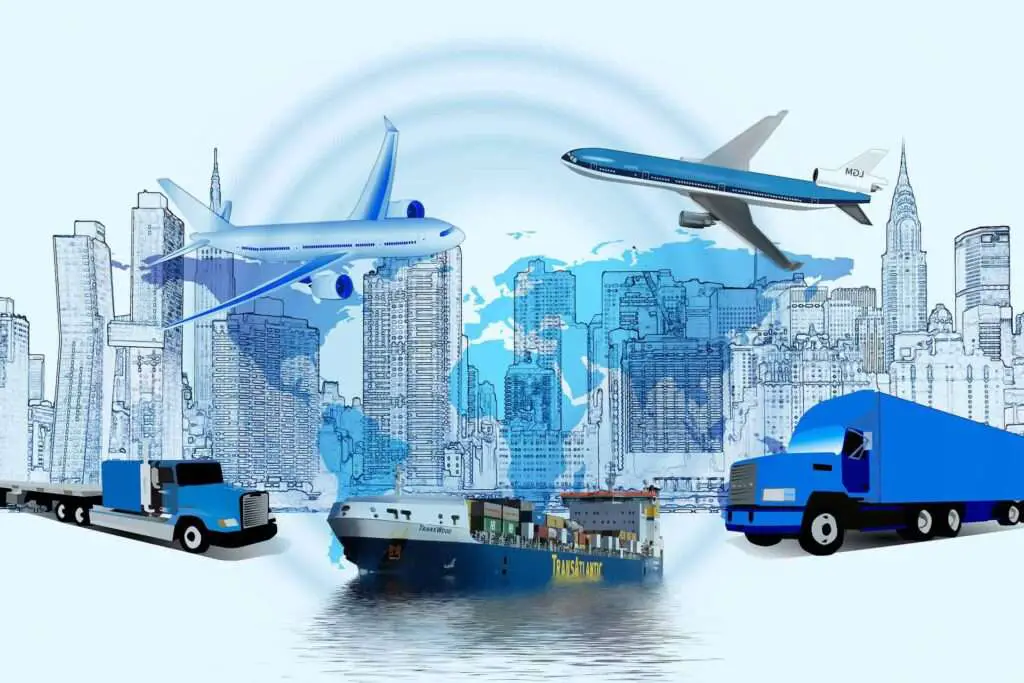
What is cargo handling techniques?
Cargo handling techniques refer to the methods and processes used to load, unload, and transport goods from one place to another.
Cargo handling techniques can be broadly categorized into two types – manual and mechanized. Manual techniques involve the use of physical labor to move goods from one place to another, whereas mechanized techniques use machines and equipment to handle cargo.
What is transportation of cargo handling?
Transportation of cargo handling refers to the process of moving goods or products from one location to another using various modes of transportation, such as trucks, ships, planes, or trains.
What is the role of technology in cargo industry?
Technology has transformed the way cargo is handled and transported in the industry. It has played a crucial role in streamlining the entire supply chain, from manufacturing to delivery, by reducing manual labor and human error, increasing speed and efficiency, and enhancing safety.
One of the main roles of technology in the cargo industry is to automate processes, such as sorting, loading, unloading, tracking, and monitoring.
Technology such as digital platforms and cloud-based systems enables real-time visibility of cargo movements, allows for seamless integration of data and documentation, and enables stakeholders to make informed decisions quickly.
Technology has also brought about innovative solutions for cargo handling and transportation, such as autonomous vehicles, drones, and robotics.
Also Read:
What is an example of transportation technology?
One of the most notable examples of transportation technology in recent years is the use of drones in cargo delivery.
These unmanned aerial vehicles (UAVs) can navigate difficult terrain and avoid traffic congestion, providing a faster and more efficient method of delivering packages.
Companies like Amazon and UPS have already begun experimenting with drone delivery, with Amazon‘s Prime Air service planning to deliver packages in under 30 minutes using drones.
What is cargo automation?
Cargo automation refers to the use of technology to streamline cargo handling processes.
It involves the use of advanced machinery and software to automate cargo handling activities, including loading and unloading, sorting, tracking, and distribution.
Which robot is used for cargo handling?
One of the most popular types of robots used in cargo handling is the Autonomous Mobile Robot (AMR).
AMRs are capable of navigating through warehouse and shipping environments using sensors and software to avoid obstacles and plan the most efficient routes.
They can transport goods from one location to another without the need for human intervention, reducing the risk of injury or damage to the cargo.
Another type of robot commonly used in cargo handling is the Robotic Arm. These arms are used to lift and move heavy cargo with precision and accuracy, reducing the risk of injury to human workers.
What is cargo handling equipment?
Cargo handling equipment refers to the machines, tools, and devices used to move cargo and freight around airports, seaports, warehouses, and other transportation hubs.
Some common types of cargo handling equipment include:
1. Cranes: These heavy-duty machines are used to lift and move cargo containers, bulk goods, and other heavy items. Cranes can be operated manually or remotely, and come in different types, such as ship-to-shore cranes, gantry cranes, and mobile cranes.
2. Conveyors: These systems use belts or rollers to move cargo from one place to another, eliminating the need for manual handling. They are commonly used in warehouses, airports, and seaports.
3. Forklifts: These machines are designed to lift and move heavy pallets, boxes, and other loads. They are versatile and can operate indoors and outdoors.
4. Robots: These are advanced machines that use artificial intelligence and sensors to handle cargo. They are used in automated warehouses, where they can move, sort, and pack items without human intervention.
5. AGVs: These are self-driving vehicles that transport cargo around warehouses and factories. They use sensors and GPS technology to navigate and avoid obstacles.
What is RTK?
RTK, or Real-Time Kinematic, is a technology that is increasingly being used in the cargo industry to improve the accuracy and efficiency of transportation.
Essentially, RTK involves using a network of GPS base stations to provide real-time corrections to GPS signals, allowing for highly accurate positioning data.
In the cargo industry, RTK can be used to track the location of cargo as it is transported across long distances, allowing for better coordination and scheduling. It can also be used to guide automated vehicles and machinery, improving safety and reducing the risk of accidents.
What is iQ cargo?
iQ Cargo is a cutting-edge digital platform that provides end-to-end visibility and control over cargo logistics.
This platform uses data analysis and artificial intelligence to improve operational efficiency and enhance customer experience.
It provides detailed insights into cargo flows, inventory management, and route optimization, allowing shippers to make informed decisions and minimize risks.
What is the most sustainable freight transport?
Sustainable freight transport aims to reduce the carbon footprint and environmental impact of cargo transportation.
One of the most sustainable freight transport modes is rail transport. Rail transport is more energy-efficient than road transport, emitting significantly less CO2 per ton of cargo. Furthermore, it reduces congestion on roads, leading to lower emissions from vehicles stuck in traffic.
Maritime transport is another sustainable mode of freight transport. It has a low carbon footprint as ships move a vast amount of cargo in one journey, resulting in a reduction in the number of vessels required.
